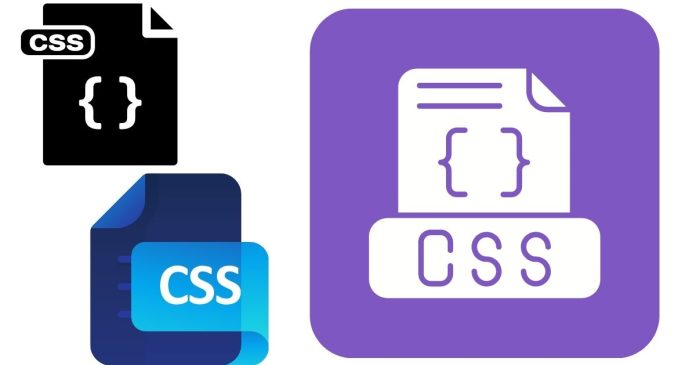Combining a background image with a background color in CSS is a common design technique that adds depth and visual interest to a webpage. The background property in CSS allows you to layer a background image over a background color, offering creative possibilities for web design.
This article explains how to set a background image on top of a background color, with examples and tips for best practices.
Understanding the background Property
The CSS background property is shorthand for multiple background-related properties, including:
background-colorbackground-imagebackground-positionbackground-sizebackground-repeatbackground-attachment
When you combine a background image with a background color, the color serves as a fallback, ensuring the design looks good even if the image fails to load.
Basic Syntax
Adding a Background Image and Color
You can use separate properties:
Or shorthand:
Examples
1. Simple Background Color and Image
In this example, a light gray color serves as the background color, with an image layered on top.
2. Transparent Background Image Over Color
You can create a semi-transparent effect by using a PNG image with transparency or by layering CSS gradients.
3. Using Gradients with Background Images
CSS gradients can blend seamlessly with background images for stunning effects.
Here, the gradient overlays the image, creating a smooth blend of colors.
Important Properties
1. background-repeat
Determines if the image is repeated:
no-repeat: Prevents repetition.repeat: Repeats both horizontally and vertically.repeat-xorrepeat-y: Repeats horizontally or vertically.
2. background-size
Controls the size of the image:
cover: Scales the image to cover the entire container.contain: Scales the image to fit within the container.- Specific values (e.g.,
50%,100px): Custom scaling.
3. background-position
Defines the starting position of the image:
center center: Centered horizontally and vertically.top left,bottom right: Aligns the image to specific corners.- Specific values (e.g.,
50% 50%): Custom positioning.
4. background-attachment
Specifies whether the background scrolls with the page:
scroll: The background scrolls with the content.fixed: The background remains fixed during scrolling.
Best Practices
- Fallback Background Color: Always set a fallback color to ensure accessibility and proper design if the image fails to load.
- Optimize Images: Use appropriately sized images to reduce loading times.
- Contrast and Readability: Ensure the background does not obscure or clash with text or other elements.
- Use Gradients for Effects: Combine gradients and images for modern, visually appealing designs.
Adding a background image on a background color in CSS is an easy way to create visually appealing designs while maintaining usability. By combining properties like background-image, background-color, background-size, and background-position, you can achieve dynamic and responsive layouts. Remember to consider performance, readability, and user experience when implementing background designs.


